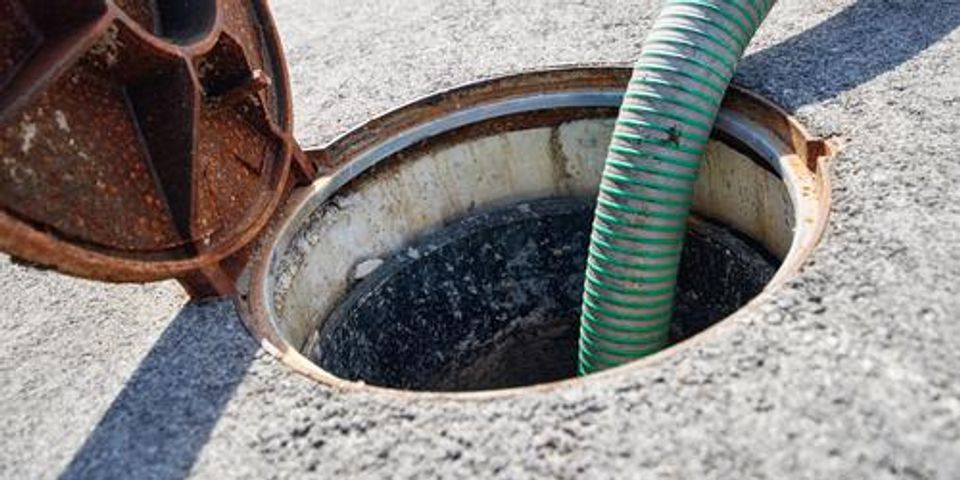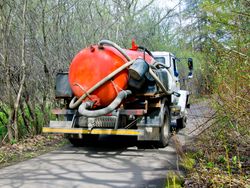What Are the Steps of a Septic Tank Inspection?

Preventive maintenance is one of the most important aspects of owning a septic tank. Without an annual septic tank inspection, small issues can go undetected and become unexpected problems. Understanding what goes on during a septic tank inspection will help underscore why they’re so important to maintaining your system and preventing issues.
Choosing Full vs. Visual Inspections
It’s important to choose a full inspection, not just a visual one. Visual inspections simply consist of running the water and flushing the toilets. These two quick tests may show if water is flowing properly, but they don’t expose all of the potential issues in the septic system. Full septic tank inspections, however, are comprehensive and can identify a wide range of issues that may be affecting the home.
Checking Water Flow & Sludge Level
During a full inspection, the septic tank will be opened, and the water levels inside will be checked. The amount of water in the tank will indicate if the system is operating properly, overfilling, or leaking. If the levels seem normal, more water is introduced into the tank to make sure it’s flowing from the tank to the home and then to the absorption area. If all is well, there will be no significant change in the tank’s water level during the test. The amount of sludge will also be checked to ensure it doesn’t take up more than a third of the tank’s total volume.
Preventing Blockage & Backflow
 After the water levels and flow are checked, the tank will be pumped. This will show any potential backflow issues as the liquid will not absorb properly if it is flowing incorrectly. All of the connectors and hoses linking the home, tank, and absorption area will be examined to make sure they are free of blockage.
After the water levels and flow are checked, the tank will be pumped. This will show any potential backflow issues as the liquid will not absorb properly if it is flowing incorrectly. All of the connectors and hoses linking the home, tank, and absorption area will be examined to make sure they are free of blockage.
Checking Baffles
Baffles slow the amount of wastewater that enters a tank so solid wastes can be distilled. This prevents the solids from making their way to the drain field, which protects the soil and prevents early degradation. Possible signs of baffle trouble include waste-covered mechanisms, overflow evidence, and low sewage levels.
For your annual septic tank inspection, contact Sanitrol Septic Services. They have been the go-to source for septic tank inspections in the North Branford, CT, area for more than 30 years. From residential systems to larger commercial clients, the company takes pride in offering experienced and high-quality septic repairs of all types. For more information, call (203) 315-3202 or visit the website today.
About the Business
(5 reviews)
Have a question? Ask the experts!
Send your question
